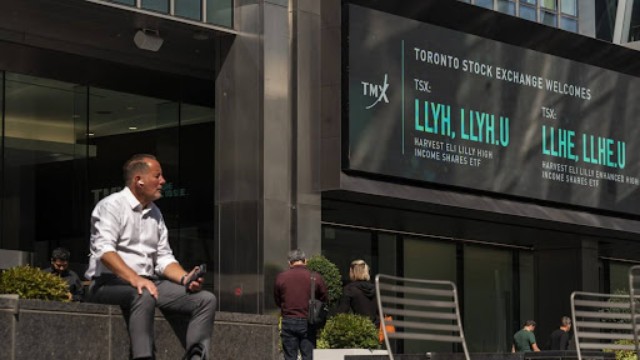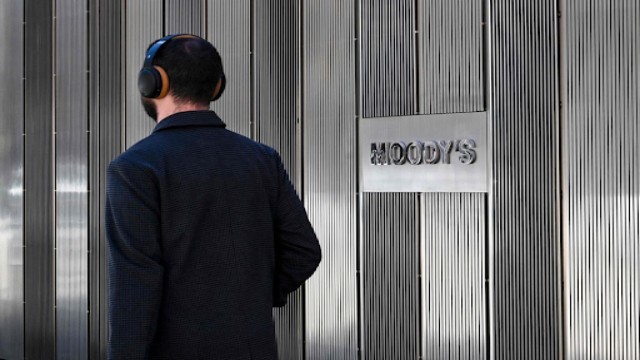
An Intel motherboard is displayed at the Computex event in Taipei, Taiwan, on June 5, 2024. Reuters
Intel's stock tumbled 26% on Friday, marking its worst day since 1974. The drop followed the company's announcement that it would suspend its dividend and cut 15% of its workforce as part of a costly effort to reverse its declining fortunes. The chip giant’s market value shrank by over $30 billion after it issued a gloomy forecast, adding to concerns about its ability to compete with industry leaders like Taiwan's TSMC.
The stock ended at $21.48, its lowest point since 2013, as Intel struggles to reclaim its former dominance in the global chip market. "Intel's issues are now approaching the existential in our view," said Bernstein analyst Stacy Rasgon. Rasgon believes Intel could bolster its cash reserves by $40 billion by 2025 through its current restructuring efforts, which include subsidies and partner contributions.
The decline in Intel’s stock is part of a broader trend affecting the chip industry. Other companies in the sector also saw their shares fall sharply. Applied Materials, ASML Holding, and KLA Corp, which supply equipment to chip manufacturers, each dropped around 8%. The PHLX chip index fell 5.2%, bringing its weekly loss to nearly 10%.
Intel’s troubles are compounded by concerns about a potential economic slowdown. Weak employment figures on Friday heightened fears of a recession, leading traders to expect a larger rate cut from the U.S. Federal Reserve than previously anticipated. This uncertainty has dampened enthusiasm for large-cap technology stocks, which had been riding high on the wave of excitement over AI.
Nvidia, a major player in AI processors, saw its shares drop almost 2%, reflecting broader investor concerns about the sustainability of the AI investment boom. Nvidia’s stock is down over 20% from its peak in June. Analysts like Ross Mayfield from Baird worry whether the rapid growth in AI capital expenditures can continue if the overall economic backdrop weakens.
Intel, once a leader in the chip industry, has been struggling to keep pace with competitors. It was a key player in the tech boom of the 1980s and 1990s but has since fallen behind. The company was caught off guard by the rise of mobile devices that demanded more efficient processors, leaving it lagging in the market.
To regain its competitive edge, Intel plans to invest $100 billion in building and expanding factories across four U.S. states, supported by $19.5 billion in federal grants and loans. Despite these plans, analysts believe it will take years for Intel to turn its fortunes around and that the company’s increased costs are putting pressure on its profit margins.
The company’s bonds are also facing increased scrutiny. Intel’s 5.15% unsecured bonds due in 2024 traded at higher spreads compared to other companies, reflecting investor concerns. Its longer-term 5.6% bonds due in 2054 also widened significantly, indicating nervousness about the company's future financial stability.















